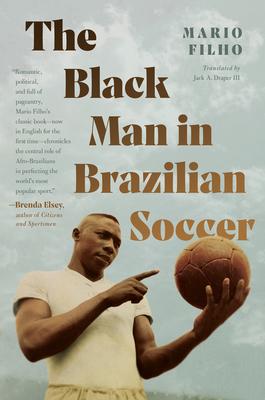
When first introduced to Brazil by British expatriots at the end of the nineteenth century, the game was reserved for elites, excluding poor, working-class, and black Brazilians. Filho, drawing on lively in-depth interviews with coaches, players, and fans, points to the 1920s and 1930s as watershed decades when the gates cracked open. The poor players and players of color entered the game despite virulent discrimination. By the mid-1960s, Brazil had established itself as a global soccer powerhouse, winning two World Cups with the help of star Afro-Brazilians such as Pele and Garrincha. As a story of sport and racism in the world's most popular sport, this book could not be more relevant today.
When first introduced to Brazil by British expatriots at the end of the nineteenth century, the game was reserved for elites, excluding poor, working-class, and black Brazilians. Filho, drawing on lively in-depth interviews with coaches, players, and fans, points to the 1920s and 1930s as watershed decades when the gates cracked open. The poor players and players of color entered the game despite virulent discrimination. By the mid-1960s, Brazil had established itself as a global soccer powerhouse, winning two World Cups with the help of star Afro-Brazilians such as Pele and Garrincha. As a story of sport and racism in the world's most popular sport, this book could not be more relevant today.
Paperback
$24.96